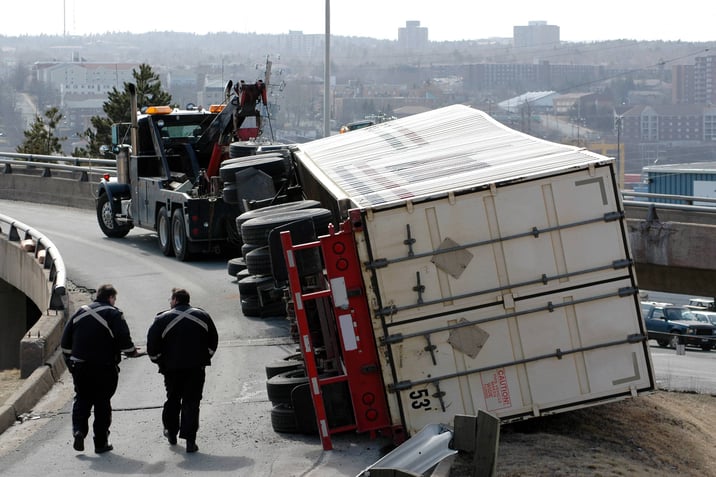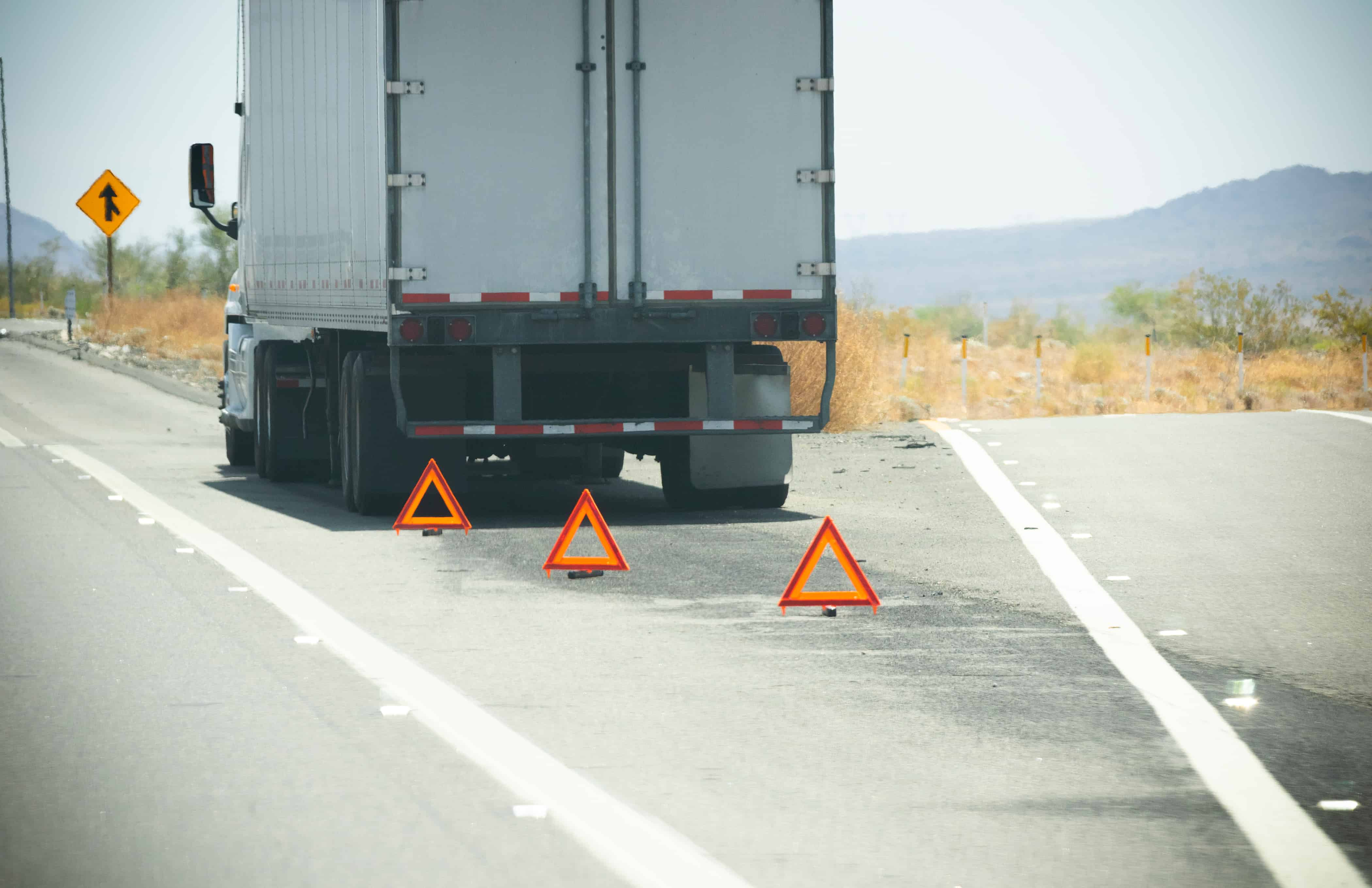The Difference between Fault and Preventability in a Crash

Fault and preventability are two terms motor carriers often confuse. The process of determining who was at fault in a collision is typically based on applicable motor vehicle laws and the actions of both drivers. Evidence will be collected and witness statements are taken so that fault can be determined, either by law enforcement or in a legal proceeding.
Preventability, on the other hand, has a completely different meaning. According to the National Safety Council (NSC), “a preventable collision is a collision in which the driver failed to do everything reasonable to avoid it.” So, even if a truck driver is not cited for being at fault for an accident, the motor carrier could still deem the collision preventable.
Since determining fault is typically done externally, motor carriers often conduct an accident investigation to determine if their driver could have done anything to prevent the crash from occurring.
Employers can use their findings to determine what corrective actions are needed, such as road testing the driver, providing additional training, or deciding if disciplinary action is warranted. To aid in an investigation, Great West’s Safe Driving Awards booklet provides examples of crash types and areas to consider when determining whether a crash was preventable.
Here are two examples of rear-end crashes.
STRIKING ANOTHER VEHICLE IN REAR – PREVENTABLE IF:
- The driver failed to maintain safe following distance and have his/her vehicle under control.
- The driver failed to keep track of traffic conditions and note a slowdown.
- The driver failed to ascertain whether a vehicle ahead was moving slowly, stopped, or slowed down for any reason.
- The driver misjudged the rate of overtaking.
- The driver came too close before pulling out to pass.
- The driver failed to wait for the car ahead to move into the clear before starting up.
- The driver failed to leave sufficient room to get safely back in line after passing a vehicle.
STRUCK IN REAR BY OTHER VEHICLE – NON-PREVENTABLE IF:
- The driver’s vehicle was legally and properly parked.
- The driver was proceeding in his/her lane of traffic at a safe and lawful speed.
- The driver was stopped in traffic due to existing conditions, or was stopped in compliance with a traffic sign or signal, or the directions of a police officer or other person legitimately controlling traffic.
- The driver was in the proper lane, waiting to turn.
CALL TO ACTION
- Document all vehicle collisions by maintaining an accident register and accident files.
- Conduct root cause analyses of all vehicle collisions to determine preventability.
- Based on the root cause analysis, determine what corrective actions will prevent future recurrences.
- Utilize Great West’s Safe Driving Awards booklet or other means to aid in the company’s crash analysis.
Note: These lists are not intended to be all-inclusive.
The information in this article is provided as a courtesy of Great West Casualty Company and is part of the Value-Driven® Company program. Value-Driven Company was created to help educate and inform insureds so they can make better decisions, build a culture that values safety, and manage risk more effectively. To see what additional resources Great West Casualty Company can provide for its insureds, please contact your safety representative, or click below to find an agent.
© Great West Casualty Company 2019. The material in this publication is the property of Great West Casualty Company unless otherwise noted and may not be reproduced without its written consent by any person other than a current insured of Great West Casualty Company for business purposes. Insured should attribute use as follows: “© Great West Casualty Company 2019. Used with permission by Great West Casualty Company.”
This material is intended to be a broad overview of the subject matter and is provided for informational purposes only. Great West Casualty Company does not provide legal advice to its insureds, nor does it advise insureds on employment-related issues. Therefore, the subject matter is not intended to serve as legal or employment advice for any issue(s) that may arise in the operations of its insureds. Legal advice should always be sought from the insured’s legal counsel. Great West Casualty Company shall have neither liability nor responsibility to any person or entity with respect to any loss, action, or inaction alleged to be caused directly or indirectly as a result of the information contained herein.




